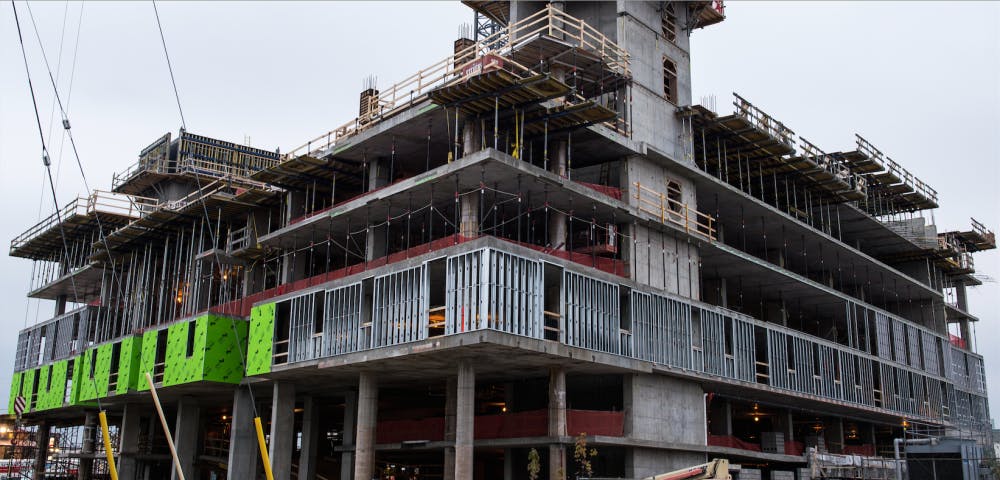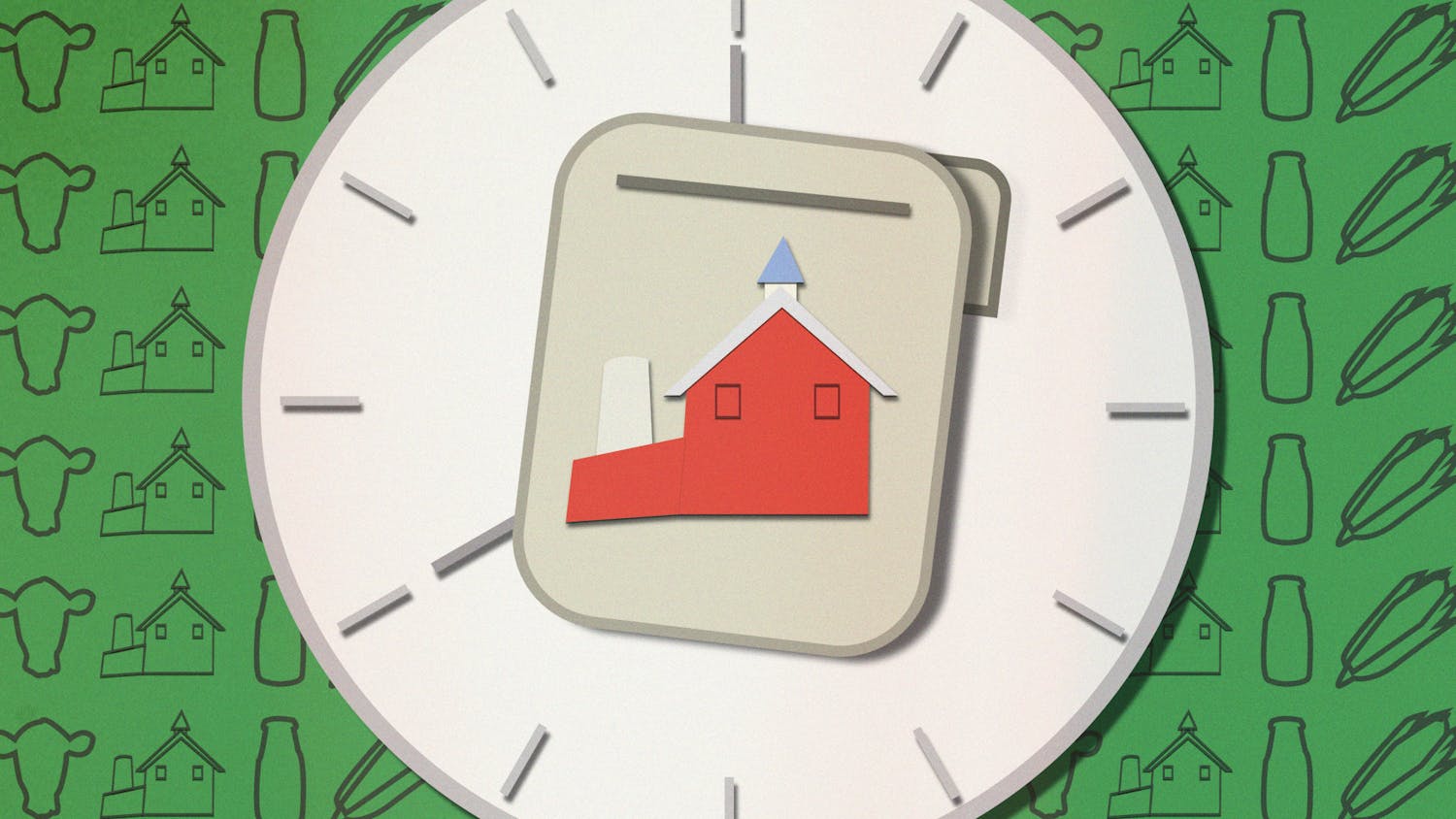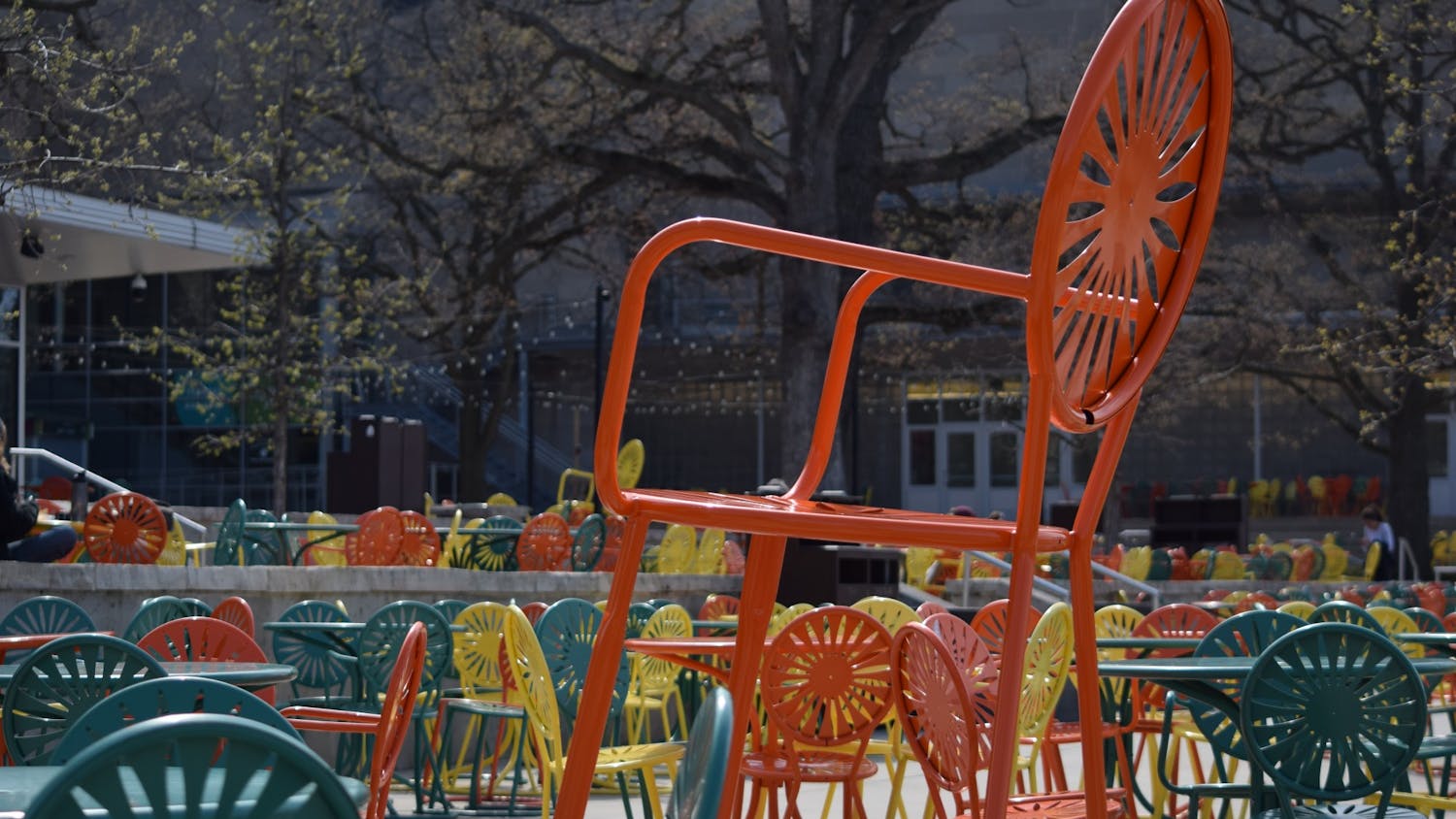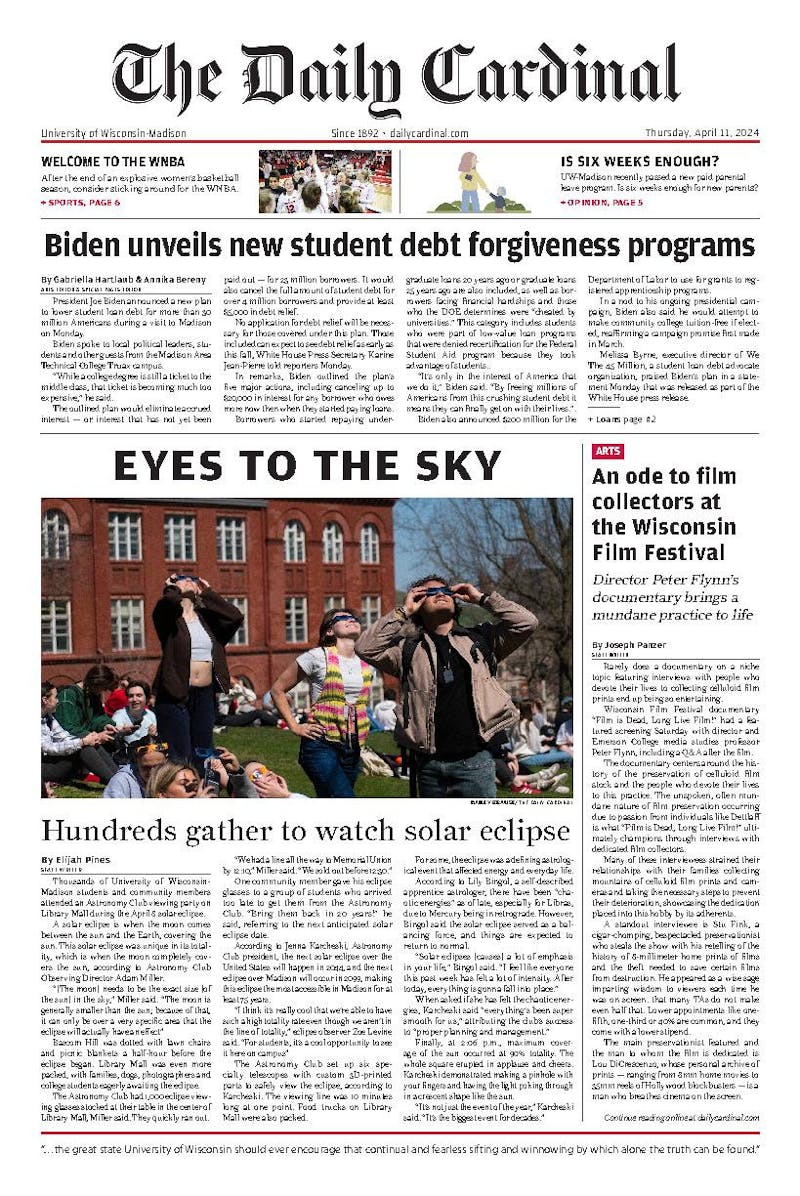On the corner of North Bedford and West Mifflin Street, a crane towers over the steel and concrete skeleton of Uncommon, Madison’s next apartment complex—just one of the many high-rise housing projects marking the downtown skyline.
According to a recent housing market report compiled by the city, the complexes like Uncommon filling downtown Madison with cranes and beams are actually responding to high demand fueled by incoming young professionals and baby boomers, which has led to rising prices and low vacancy.
Matt Wachter, the writer of the Madison Housing Report and the city’s housing initiative specialist, said the shortage of housing options has rendered Madison a landlord’s market.
“[It’s] like a balance of power between landlords and tenants,” Wachter said. “When vacancy gets really low, the landlord kind of has all the power. It can charge higher prices [and] be pickier about who the tenants are.”
The modern Madison housing market
The city measures housing shortage in terms of vacancy. While a healthy vacancy rate for a city is around 5 percent, Madison’s market has hovered between 2 and 3 percent for the last five years, according to the report. This trend is likely to persist even as construction companies continue to break ground on new apartments.
“You could add a thousand vacant new apartments tomorrow and you wouldn’t quite hit 5 percent,” Wachter said.
According to Wachter, the closer the market comes to that 5 percent, the more competitive and stable it will become and the more likely housing prices will level out.
The recent trend is a direct response to the “housing bubble” of the mid-2000s, when fewer Madisonians rented and the rate of apartment construction declined. After the recession, landlords attempted to fill the gap between supply and new demand by increasing the rate of construction.
Yet as high-rises increasingly fill the Madison skyline, they raise a question of affordability for area college students, whose limited access to cars keep them tied to the campus areas that border the disputed downtown housing market.
A large part of the rising demand comes from an influx of young professionals and retirees, demographic groups who tend to have the income for higher rents and more luxurious amenities. Many of the new apartments are built with this higher income bracket in mind, according to the city report.
Fueled by the housing shortage and their higher income audience, many newer apartment complexes have opened with higher rents. The lowest monthly rent in the Hub, a massive new apartment complex occupying an entire block of State Street, is just shy of $600 per person, according to the building’s website. Likewise, Varsity Quarters on the other side of campus has a price listing charging approximately $550 per person on average.
Reflecting the apartments’ location near Madison landmarks, their amenities and their quality, these higher prices are only usually accessible to higher-income students.
Area students not desirable residents in high-demand housing
Unfortunately for other students, like undergraduate Brooke Evans, new apartments like the Hub and Varsity Quarters are not an option. Evans, who works with UW-Madison’s HOPE Lab and was homeless throughout the first years of working on her degree, felt largely excluded from Madison’s housing market due to pricing.
“If I wanted to live downtown and have my own apartment downtown … I would never have been able to do that,” Evans said, who had to leave Madison for a time due to financial strain. “Madison was way too expensive. And that was after four years of being homeless.”
Evans currently lives in an apartment on State Street, where her rent is supported by donations from alumni. Even so, her housing situation is shaky.
“When I first moved in … it was $750 a month,” Evans explained. “They raised my rent to $890 a month. I have a place to stay now. I don’t know how long, but I paid my rent for this month.”
Her landlord told Evans her rent increased due to its popular location and the presence of larger, more expensive apartments opening nearby.
Wachter agrees it is possible more expensive apartments could add to the value of the location, spurring landlords to raise prices.
“There’s a lot of factors [that can raise rent],” Wachter said. “In that case, [landlords] could’ve been charging more before, and people would’ve paid it.”
Pinpointing causes of rent price hikes
Although Wachter said it is difficult to identify the actual causes of increased rents in existing apartments, it is likely the demand for housing is driving rent hikes.
“Even someone that has a 30-year-old apartment is seeing a lot of demand for their products because of that shortage in the market,” Wachter said.
He added it will be difficult to tell if the new apartment’s higher prices will drive up overall prices, but construction expenditures have increased substantially.
“We’ve been seeing 7 to 10 percent increases per year in construction costs,” Wachter said. “So that definitely gets carried through higher rents. You have to charge higher rents to make up for it.”
Wachter added that the value of land in the downtown area is also going up, which leads to competition for land.
“[This] translates into having to charge higher rent if you paid an extra million dollars for your site,” he said.
Rethinking the local renters’ market
Since the report focuses on the typical renter as opposed to students specifically, Wachter said the city is hoping to study the student market further.
Further increases in rents have affected students and low-income young adults for whom price is a primary factor in deciding where to live. According to the 2014 Madison Housing Report, when a household spends more than 30 percent of its gross household income on housing, the household is considered cost-burdened, which means it does not possess adequate remaining funds for food, medical care, transportation and other amenities.
Additionally, employees from Epic Systems, Madison College and the City of Madison all stated in the survey that cost was the most important factor in housing selection.
Although matching high housing demand and higher rent prices is an uphill battle, Wachter noted he is optimistic that the markets will even out.
“Adding all of this supply is at least holding the line on rents. They’re not going up at the rates we saw,” Wachter said. “Eventually, enough will be added that we’ll come back to that 5 percent [vacancy] – I’m confident in that.”






